|
A few more word problems for students to solve using addition, subtraction, multiplication and repeated addition.
0 Comments
I gave this sheet to my students for homework at least twice a week. Every night my class was required to read for at least 30 minutes. I would often give them this 3 question worksheet to quickly assess their knowledge of their book. Keep in mind, several of my students were well below reading level and still reading picture books. This sheet works well with shorter books students can read in one sitting or I'm sure you can use introduce it once readers have completed a chapter book. Students are asked to identify each number sentence as either TRUE or FALSE. 4 pages, 15 questionsStudents are asked to solve word problems involving basic addition, subtraction, multiplication and division skills. Directions: Read each of the following math problems carefully. Re-read the problem to make sure you understand. Show your work and circle your final answer. For this quick assessment, I included the definitions of maximum, minimum and median at the top to remind students of the difference. When teaching special education, I often provided students with just a little more information than usual to help them feel more confident about completing activities. Directions:Now that you have read the story “The Boy Who Cried Wolf”, think about the author’s purpose of this non-fiction tale. Why do you think the author wrote this particular fable? What moral do you think the author wants readers to learn from this story? Why do you think nobody believed the boy at the end of the story? Use supporting details from the story to support your answer. In your answer, be sure to:
Check your writing for correct spelling, grammar, capitalization, and punctuation. Directions:The Three Little Pigs is about a wolf who wants nothing more than to eat three little pigs. Now, think about the wolf in the tale of Little Red Riding Hood. After thinking about the two characters, tell how the two wolves are alike. Afterwards, tell how they are different. Use supporting details from both stories to support your answer. In your answer, be sure to
2 pages, 12 addition problems eachThese pages are great for students who have difficulty with spacing and lining up their numbers.
Social Studies / Community Studies Lesson that asks students to draw a picture of each community and describe what specific things you can find in each community.
Responses should be somewhere along the lines of: Urban Communities have: big city buildings, lots of trains, buses, cars, people, etc. Rural Communities have: farms, animals, few people, lots of land, tractors, etc. Suburban Communities have: lots of houses, few big buildings, less people than urban communities, etc.  Graphic Organizer: Urban, Rural and Suburban Communities by The Teacher Treasury, LLC. is licensed under a Creative Commons Attribution-NonCommercial-NoDerivatives 4.0 International License. Based on a work at www.TheTeacherTreasury.com. Product Description
This lesson requires students to round 2 - 5 digit numbers to the nearest Tens, Hundreds and Thousands Place.
Students are also asked to estimate the sum or 3 - 4 digit numbers. The lesson also includes the following word problems which ask students to round their answers to the nearest Tens Place: 1. The students in Mr. Marshall’s class all have different reading books in their desks. Ahmad has 12, Jackie has 7, Michael has 5, Kendra has 11 and Patricia has 6. Estimate the number of books they have in total. 2. Sarah's father has a huge movie collection. She counted 5,458 movies. About how many movies would you say her father has if you round to the nearest tens place? 3. Mrs. King has 44 students in her class. She has more than any other teacher in the school. Ms. Black comes close with 39 students, but Mr. Anthony only has 27. Estimate the number of students in those three classes. Round your answer to the nearest tens place. 4. There are 365 days in a year. Estimate the number of days in the year to the nearest tens place. This can either be used as a homework assignment, in-class practice, quiz or test.  Rounding Numbers and Estimating Sums by The Teacher Treasury, LLC. is licensed under a Creative Commons Attribution-NonCommercial-NoDerivatives 4.0 International License.
 Rounding Numbers to the Tens and Hundreds Places by The Teacher Treasury, LLC. is licensed under a Creative Commons Attribution-NonCommercial-NoDerivatives 4.0 International License.
FREE BETWEEN 1/22/2014 - 9/9/2022
This former freebie is now available for purchase here and on TeachersPayTeachers.com
Product Details
Materials Needed:
1 snack pack of M&M candies (per student) My students ALWAYS love this lesson! I've successfully completed this activity with 2nd, 4th and 5th grade classes. This activity can be done in 8+ Steps. The provided steps include: Step 1: Before you open your bag of M&M candies, guess the total number of M&Ms in the package. Step 2: Open your package and count the total number of M&Ms. Step 3: What fraction represents the number of each color candy in your pack? Step 4: Answer the following questions: 1. Which color M&M represents the largest fraction? 2. Which color M&M represents the smallest fraction? Step 5: Eat one of each color M&M. Step 6: What fraction represents the number of each color candy in your pack? Step 7: Answer the following questions: 3. If you give 2 red M&Ms to your teacher, what fraction of your remaining M&Ms will be RED? 4. Write the fraction that represents the number of M&Ms that are NOT ORANGE? 5. Which color M&M represents the largest fraction? 6. Which color M&M represents the smallest fraction? Step 8: Eat all of your M&Ms. For 2nd graders and SPED classes, the directions were always read aloud and we completed the entire activity together step by step. With smaller 4th and 5th grade classes, I allowed students to complete the entire worksheet on their own as I would go around the room checking on their progress and understanding. With larger classes, I would recommend having students pair up in groups of 2 to complete the assignment together. Each student should still receive their own pack of M&Ms and their own worksheet, but the following additional steps should be taken to ensure that all students understand the concept of fractions, numerators, denominators, etc. --> Before students begin, instruct them to STOP and put their pencils down after STEP 3. Once all (or the majority) of the students have completed STEP 3, call on various students and ask them the following questions: 1. What fraction of your M&Ms are (color)? How do you know? 2. Does that color represent the numerator or the denominator? 3. What is a numerator? 4. What does the denominator represent? 5. Which color M&M represents the largest fraction? How do you know? 6. Which color M&M represents the smallest fraction? How do you know? (You could also ask another student: "Is he/she correct?" Before allowing students to complete STEP 4, instruct them to answer the 2 question in STEP 4 and when finished do the following: 1. Put your pencil down, stand up and push in your chair 2. When both you and your partner have completed STEP 4 and are both standing with your chair pushed in, switch seats. 3. Sit down and DO NOT TOUCH your partner's M&Ms. 4. Review their answers in STEP 3 AND STEP 4 by looking at their group of M&Ms 5. Circle any incorrect answers. 6. When both you and your partner are finished reviewing STEP 3 & 4, discuss your incorrect answers. If you disagree on a fraction, raise your hand and ask the teacher to review the work. 7. When you have finished reviewing the answers, put your pencils down, stand up and return to your seat to complete STEPS 5-7. After students have completed STEP 7, they should repeat the review process after STEP 4. Finally, they can all eat their M&Ms. Hope this helps =)  Fun Fractions with M&Ms by The Teacher Treasury, LLC. is licensed under a Creative Commons Attribution-NonCommercial-NoDerivatives 4.0 International License.
 The Sneetches and Segregation: Short & Extended Response Activities - A Dr. Seuss inspired lesson for Black History Month by The Teacher Treasury, LLC. is licensed under a Creative Commons Attribution-NonCommercial-NoDerivatives 4.0 International License. If you like this activity, you may also like
|
|
Read Aloud Questions
If I was a Sneetch Drawing Main Idea and Supporting Details Compare and Contrast using a Venn Diagram KWL Charts for segregation, Black History, Dr. Seuss and Civil Rights Vocabulary Word List Word Meaning - Dictionary Definitions Using Vocabulary in Writing Vocabulary Word Search and Answer Sheet Vocabulary Definition Match True or False and Fact or Opinion questions related to the story and American segregation 64 Crititcal Thinking Questions (handout and cards) Short Response Q & A Extended Response Q & A A Letter to the Sneetches and Additional Activities |

The Sneetches & Segregation: A Dr. Seuss Inspired Lesson for Black History Month by The Teacher Treasury, LLC. is licensed under a Creative Commons Attribution-NonCommercial-NoDerivatives 4.0 International License.
Each pair of cherries has 2 cherries. Skip count by 2s to find the sum.
Students are asked to skip count by 2s up to groups of 10.
For more advanced students, I recommend having them write
a repeated addition and/or multiplication sentence
to represent each question.
2 pages
If you find this helpful, I would also recommend
the following FREE worksheets
For even more practice:
Hope this helps and please leave feedback =)

Skip Counting by 2s - Cherries (Repeated Addition) by The Teacher Treasury, LLC. is licensed under a Creative Commons Attribution-NonCommercial-NoDerivatives 4.0 International License.
If any of their boxes are checked "NO" they must go back and correct the mistakes and check the "CORRECTED" box after they have fixed their mistakes.
I kept this sheet at our Writing Center and also had students use them for Writing Homework assignments.
Hope this helps =)
FREE BETWEEN 12/11/2013 - 11/23/2022

My Editing Checklist by The Teacher Treasury LLC is licensed under a Creative Commons Attribution-NonCommercial-NoDerivatives 4.0 International License.
FREE BETWEEN 12.5.2013 - 12.30.2022
Materials needed per student:
- 1 blue crayon
- 1 green crayon
- 1 pencil
Have fun!

Even vs. Odd Numbers Assessment by The Teacher Treasury, LLC. is licensed under a Creative Commons Attribution-NonCommercial-NoDerivatives 4.0 International License.
FREE BETWEEN 12.5.2013 - 12.20.2022
Materials needed per student:
- 1 red crayon
- 1 green crayon
- 1 pencil
Have fun!

Christmas Even & Odd Numbers Assessment by The Teacher Treasury, LLC. is licensed under a Creative Commons Attribution-NonCommercial-NoDerivatives 4.0 International License.
This geometry worksheet asks students to draw and identify various shapes, lines and angles including:
- Rays
- Right Angles
- Obtuse Angles
- Acute Angles
- Vertex of the Angle
- Parallel Lines
- Perpendicular Lines
- Quadrangles and other shapes

Angles, Shapes and Parallel Lines II by The Teacher Treasury, LLC. is licensed under a Creative Commons Attribution-NonCommercial-NoDerivatives 4.0 International License.
Identify the following:
- Right Angles
- Obtuse Angles
- Acute Angles
- Vertex of the Angle
- Parallel Lines
- Rays of an Angle
- Hexagon
- Octagon
- Pentagon
- Kite
- Rhombus
- Square
- Circle
- Trapezoid
- Rectangle
- Oval

Angles, Shapes and Parallel Lines I by The Teacher Treasury, LLC. is licensed under a Creative Commons Attribution-NonCommercial-NoDerivatives 4.0 International License.
FREE BETWEEN 12/5/2013 - 11/23/2022
Activity Includes:
- Teacher Instructions
- 15 Images and Captions
- Response Handouts for Lessons
- List of Possible Responses
- Additional Inference Carousel Activity
- Template for Student Inference Pictures
______________________________________
View Inference Carousel: Making Inferences with Pictures (FREE) if you would like this lesson without captions
______________________________________
Materials Needed:
- 1 clipboard, white board or solid, portable surface for each student to write on
- Tape, Velcro or a similar device to post the images around the classroom
- 15 pieces of colored construction paper (optional)
STEP 1:
Before the students enter the class, post the 15 pictures clockwise around the room in numerical order. I would recommend being creative with where you are placing the pictures. Don’t make it TOO easy for the students to find them. Place some on the floor, windows, behind doors, on the sides of shelves, etc. I would also suggest placing a sheet of colored construction paper on the back of each picture so that it will stand out from the other papers you have throughout the classroom.
STEP 2:
When it’s time to begin the lesson, inform your students that you have posted several pictures throughout the room and explain that their job is to review each photo and make an inference based on the images and captions. They will record their responses on the handouts provided as they walk around the room with their clipboards / personal white boards. They should not debate about the photos with each other until after the lesson. All answers should be original and students should not be asking each other for their opinions on the pictures until they finish the carousel.
THIS IS A SILENT ACTIVITY.
The goal is for students to make an educated guess about what is happening (or what will happen) based on what they see, what they've read and what they know or have personally experienced. Ultimately, they should read between the lines and expand upon the story line provided. Students should avoid repeating the caption in their responses, but that doesn't necessarily make their responses incorrect. The Possible Responses provided on the following pages will give you a better idea of the more acceptable inferences.
STEP 3:
Individually call on students to begin the Inference Carousel. For example, the first student you select should start at Picture #1 (or whatever number you choose). The next student should begin at the following (or different) picture and then continue walking clockwise around the room. Students should make sure the picture they are currently looking at corresponds to the correct number on their handout. If they begin at Picture #12, they should be recording their responses on the sheet where it says “Picture #12”.
Please stress the importance of paying attention to the “Picture #” when recording their answers.
STEP 4:
Once my students were finished with the carousel, we reviewed each photo with the responses from around the room to generate a discussion about how and why they came up with their inferences. Obligating them to include the word “because” in all of their responses made it much easier for them to explain the reasoning behind their conclusions and gave room for other students to argue their opinions when they didn’t make the same inference.
***Please note that you only need to print pages 1-20 for the first lesson***
Lesson Modifications:
Inference Merry – Go – Round
An alternative to having students walk around the room would be to put their desks together in the form of a large circle. Pass out the images one at a time and have students continually circulate the pictures until everyone finished. A student should never have more than one picture at their desk at once. This is another reason why it is very important for them to pay close attention to the “Picture #s”. Please note that you can conduct the lesson in the very same way, the only difference is that the students remain seated.
Hope this helps and please be sure to leave feedback!
Thank you =)

Inference Carousel: Making Inferences with Pictures and Captions by The Teacher Treasury, LLC. is licensed under a Creative Commons Attribution-NonCommercial-NoDerivatives 4.0 International License.
- Teacher Instructions
- 14 Images
- Response Handouts for Lessons
- List of Possible Responses
- Additional Inference Carousel Activity
- Template for Student Inference Pictures
Please note that this lesson is almost the same as Inference Carousel: Making Inferences with Pictures and Captions, but the following changes have been made:
- Response handouts have been changed
- There are only 14 images instead of 15
- Picture #5 is not featured in the carousel with captions
- Possible responses have been altered

Inference Carousel: Making Inferences with Pictures by The Teacher Treasury, LLC. is licensed under a Creative Commons Attribution-NonCommercial-NoDerivatives 4.0 International License.
FREE BETWEEN 12.5.2013 - 12.30.2022
This sheet can be used for each vocabulary word in the student's personal dictionary.
Suggestions:
- Punch holes in the document before handing out to students and have them keep track of their word meaning sheets with a 3 ring binder.
- Allow students to create their own decorative cover pages
- Allow students to draw or cut & paste images on a separate sheet of paper to accompany select vocabulary words.

Graphic Organizer: Personal Student Dictionary Word Meaning by The Teacher Treasury, LLC. is licensed under a Creative Commons Attribution-NonCommercial-NoDerivatives 4.0 International License.
Free Resources
Search, Comment & Share!
Categories
All
3rd To 5th Grade
6th To 8th Grade
Addition
Anchor Charts
Assessment
Classroom Decor
Classroom Management
Coloring Pages
Division
English Language Arts
Games
Geometry
Graphic Organizer
Holiday Themed Resources
Inferences
Math
Multiplication
Pre K To 2nd Grade
Printables
Professional Development
Reading
Reflections
Social Studies
Special Education
Subtraction
TeachersPayTeachers (TpT)
The Teacher Treasury
Word Work
Worksheet
Archives
November 2023
October 2023
September 2023
August 2023
March 2023
February 2023
January 2023
September 2022
February 2017
January 2015
December 2014
November 2014
August 2014
March 2014
February 2014
January 2014
December 2013
August 2013
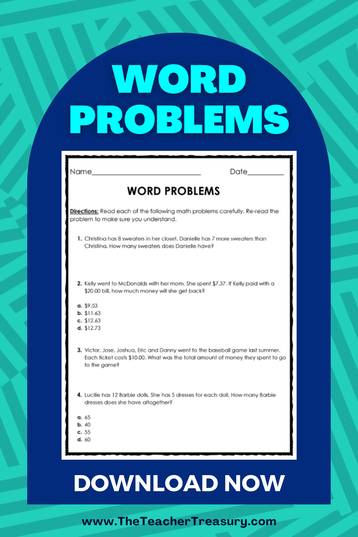









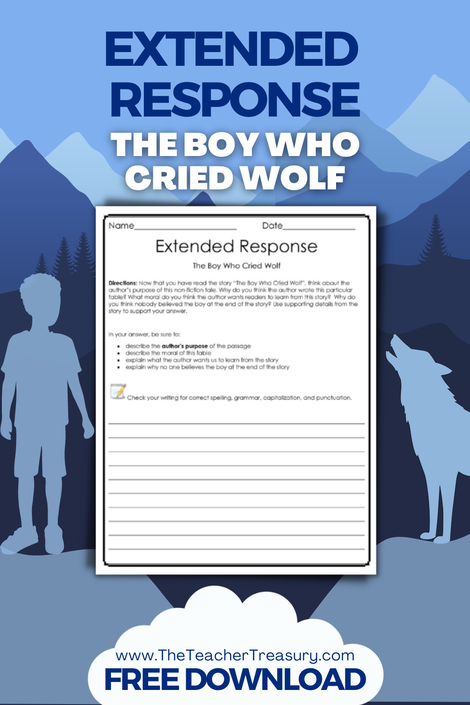
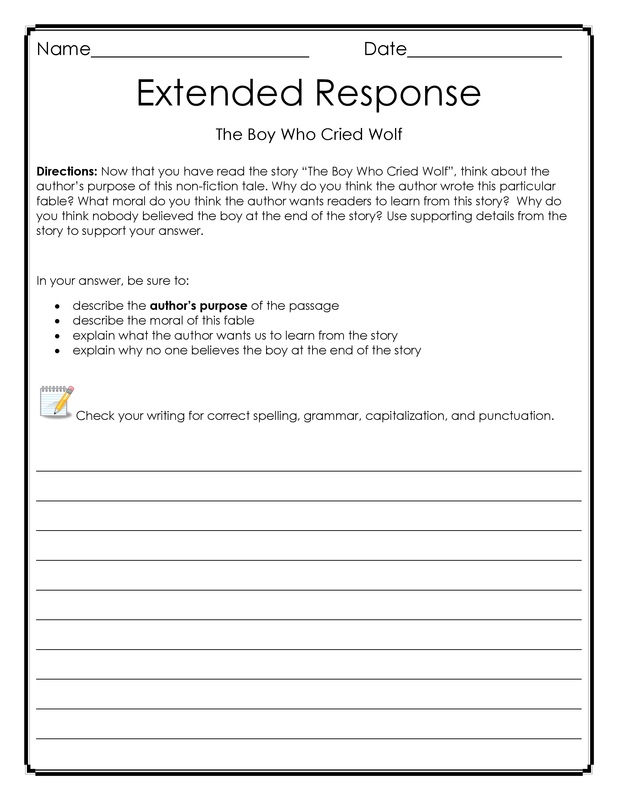
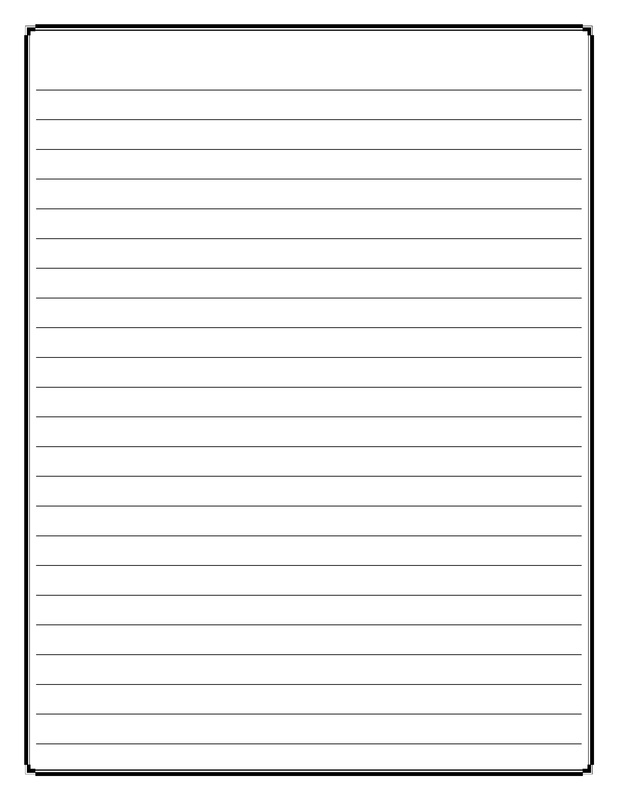
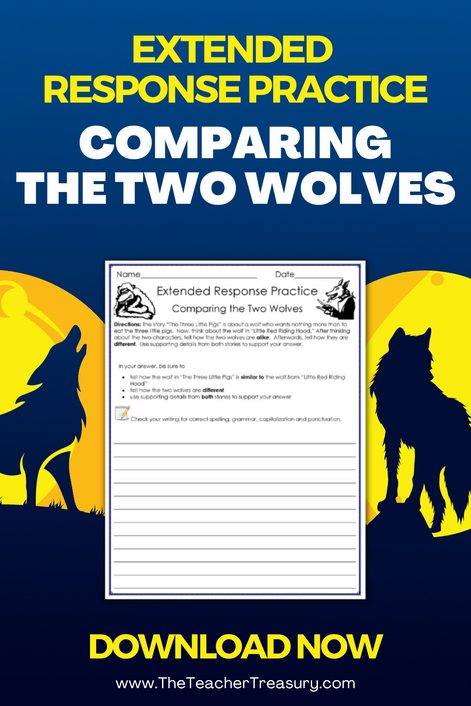
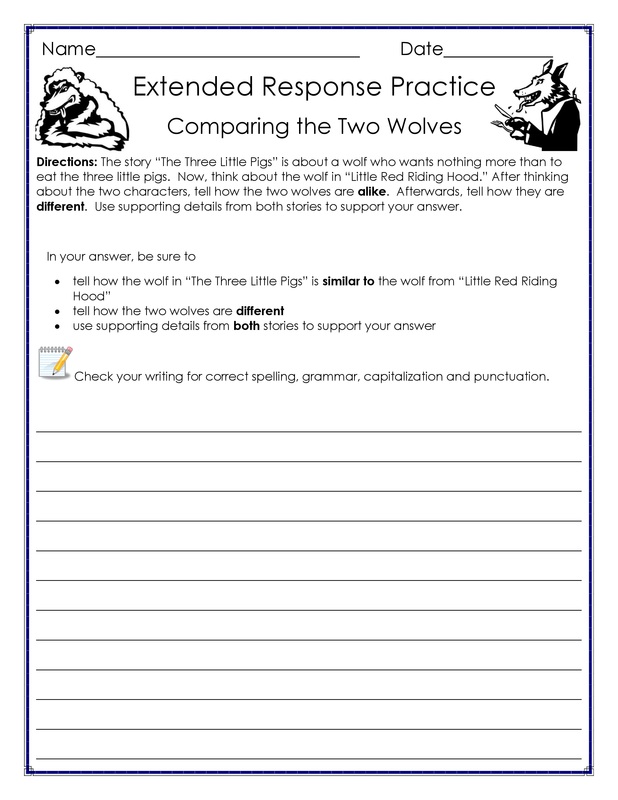


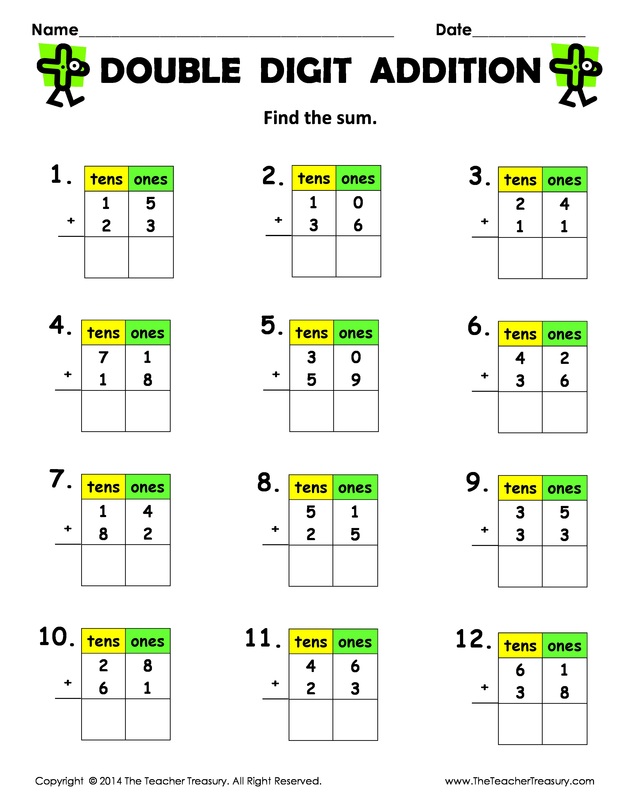

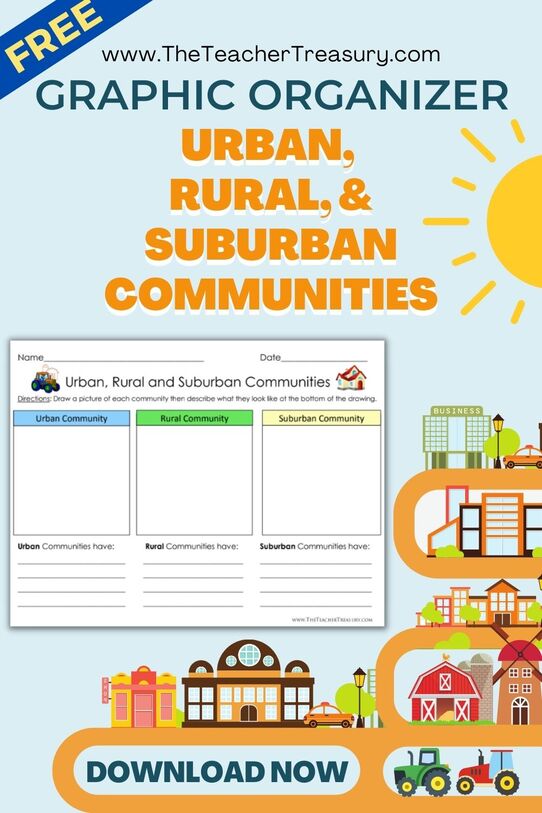
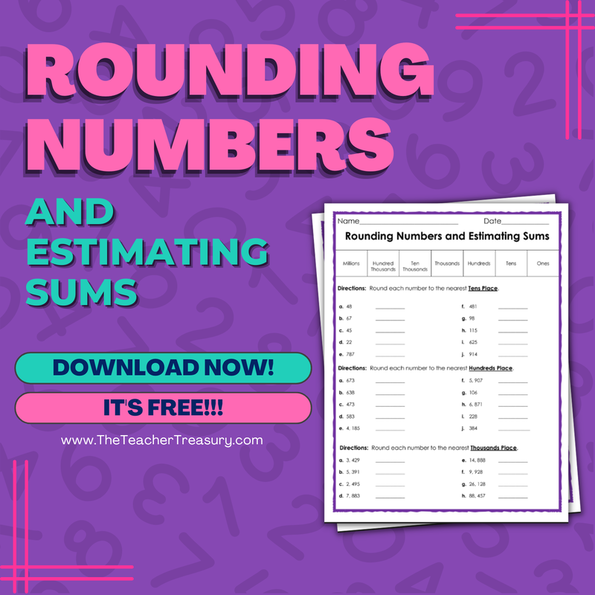
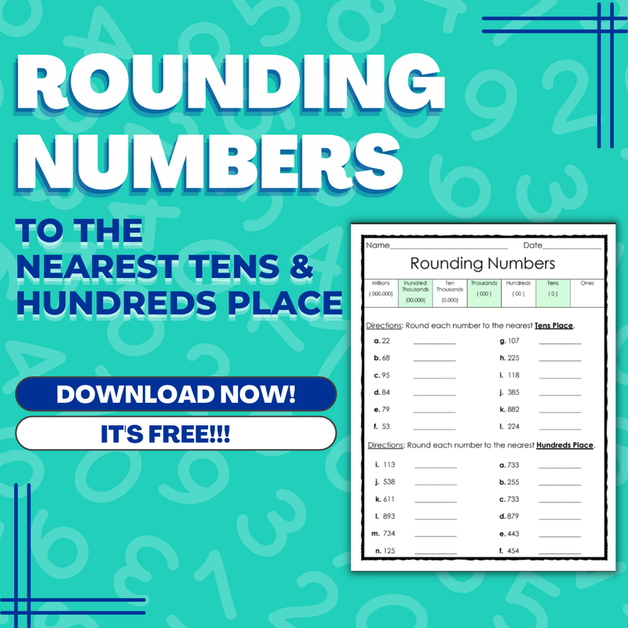

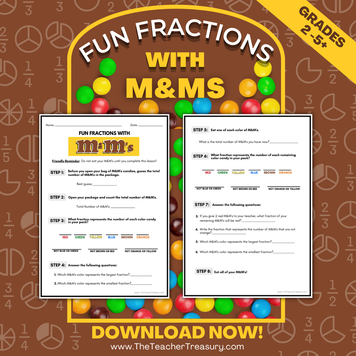


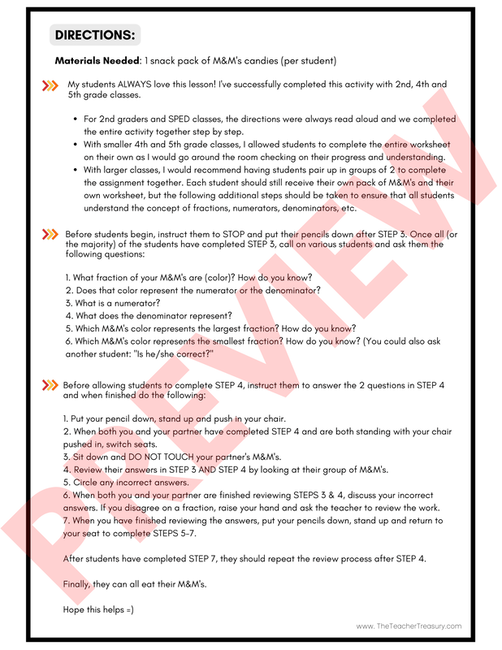
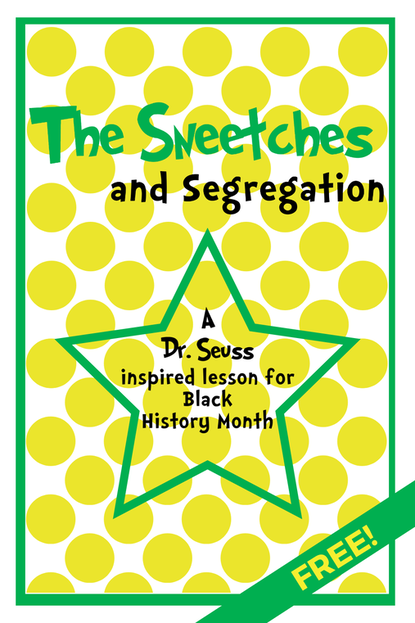
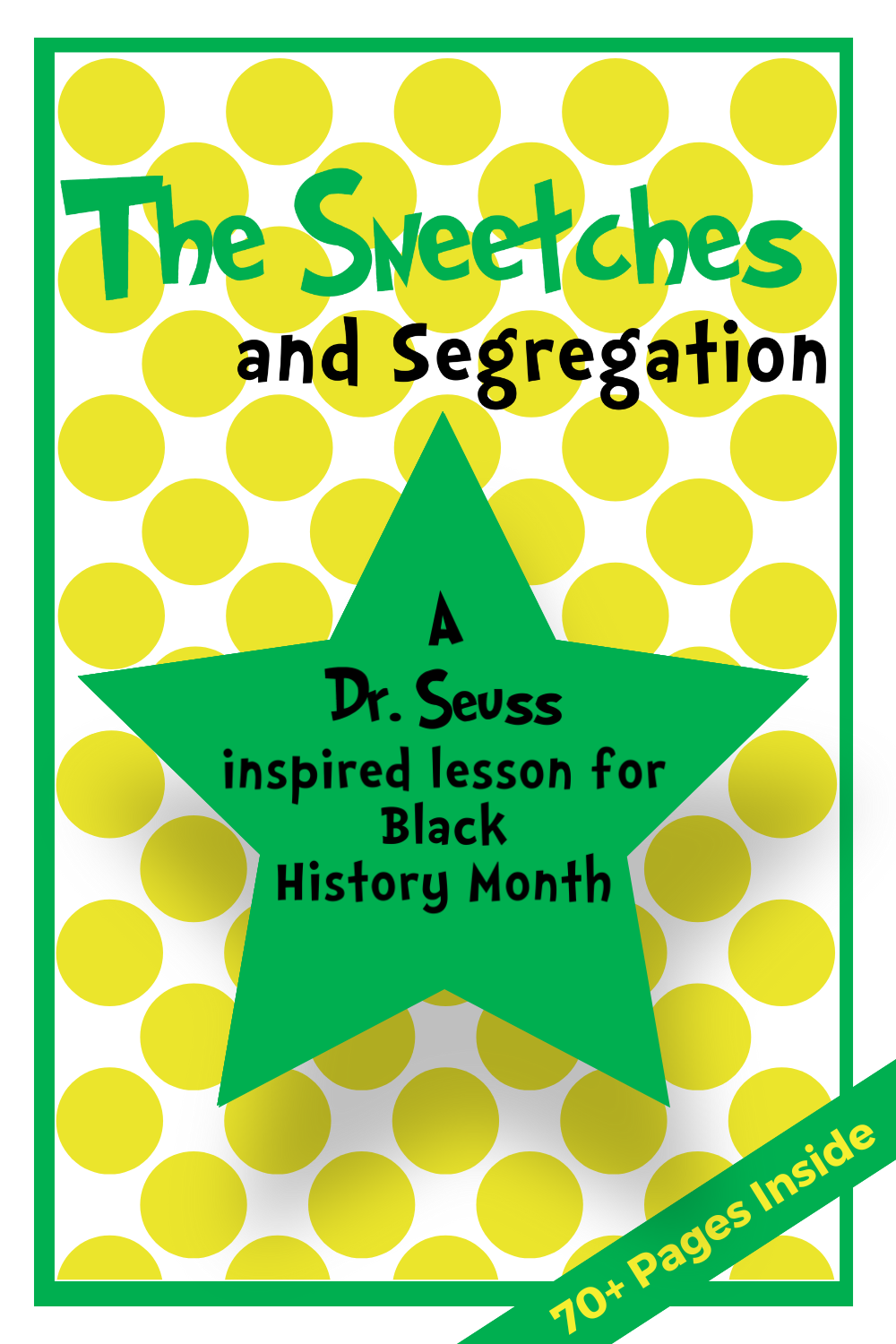


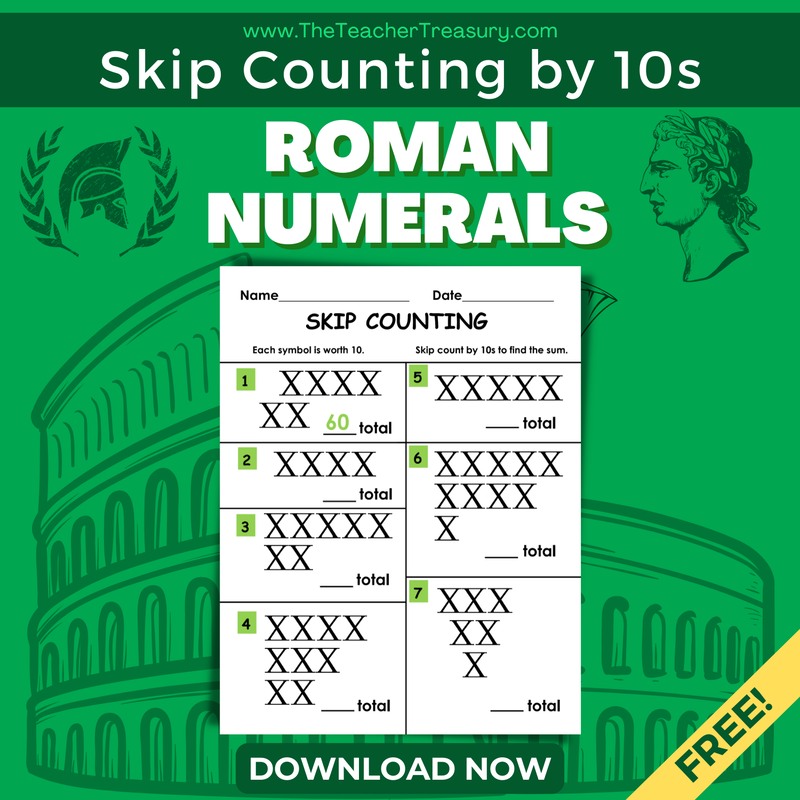


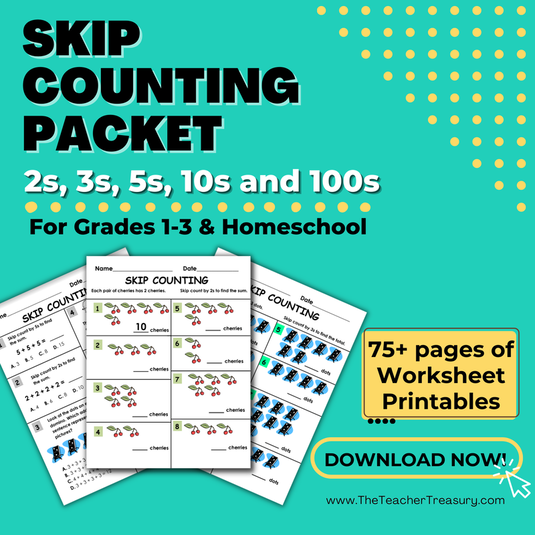

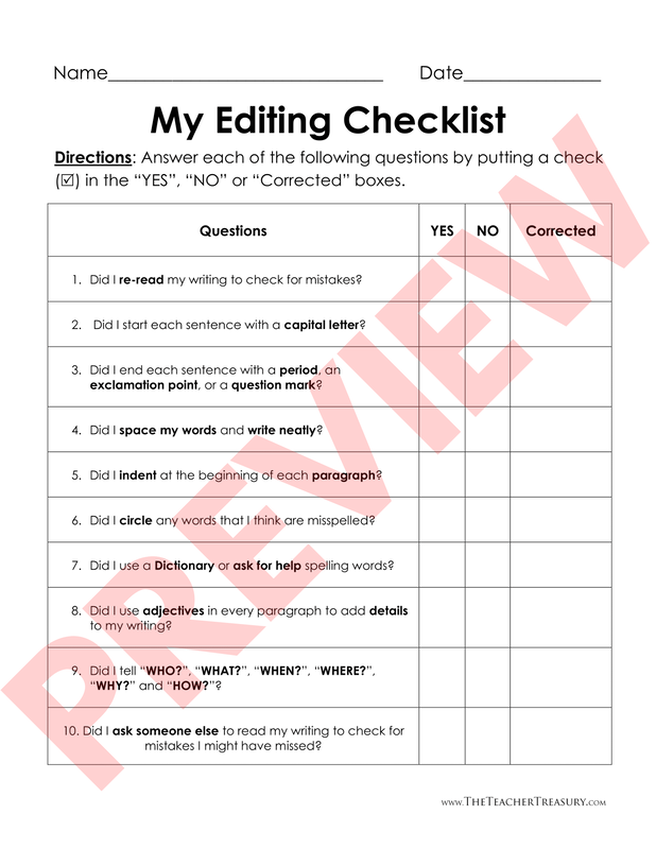

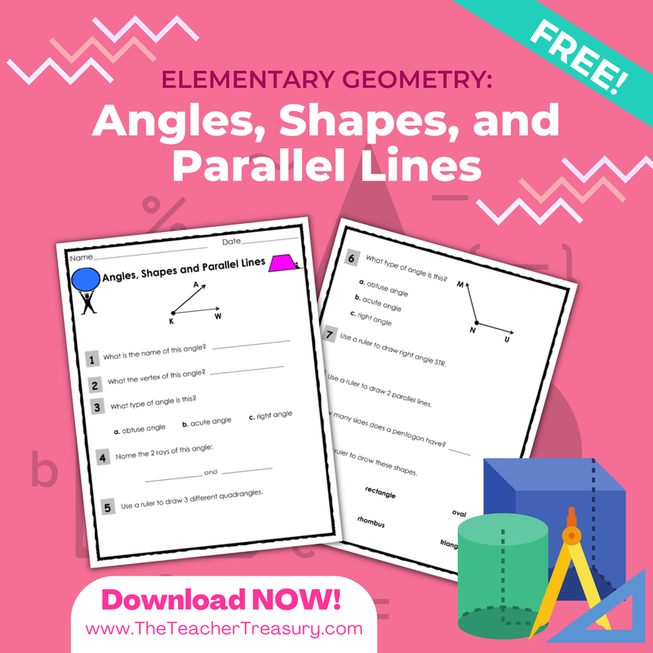


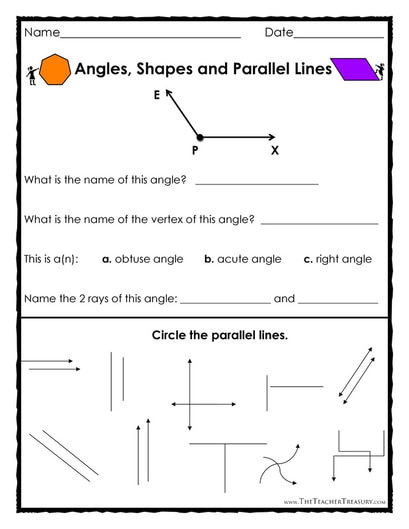
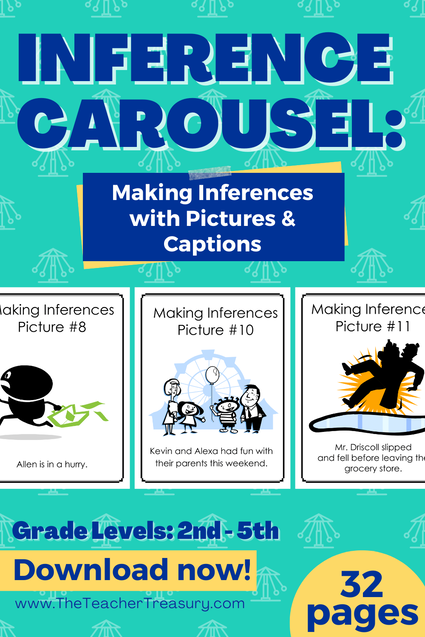

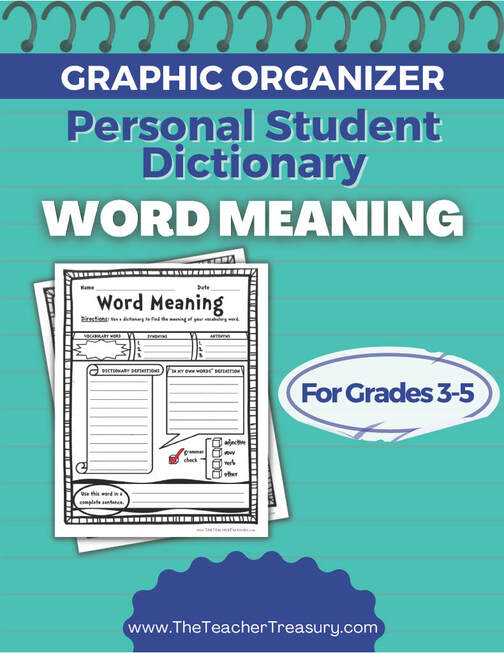

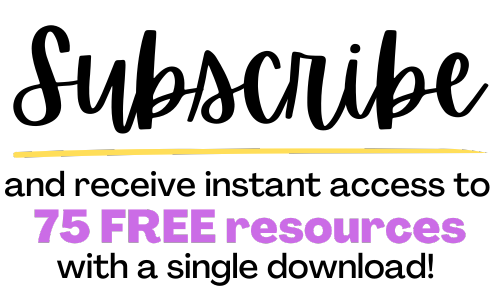




 RSS Feed
RSS Feed